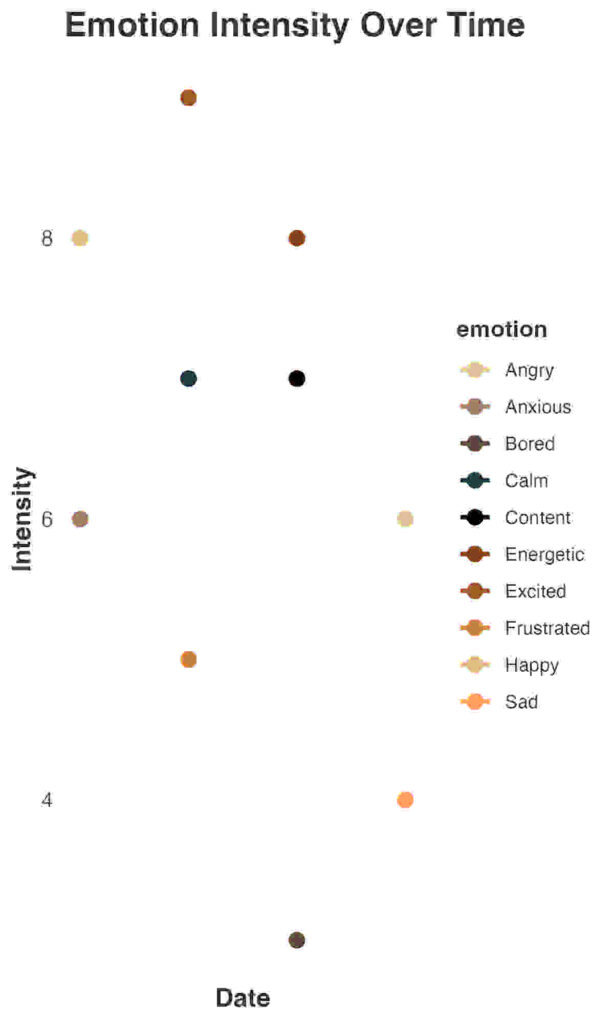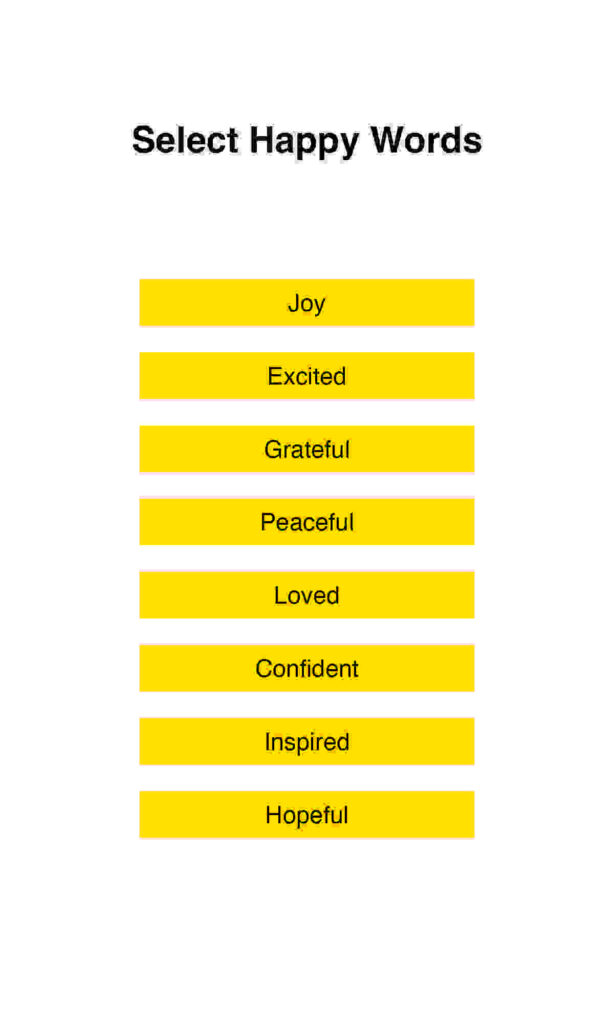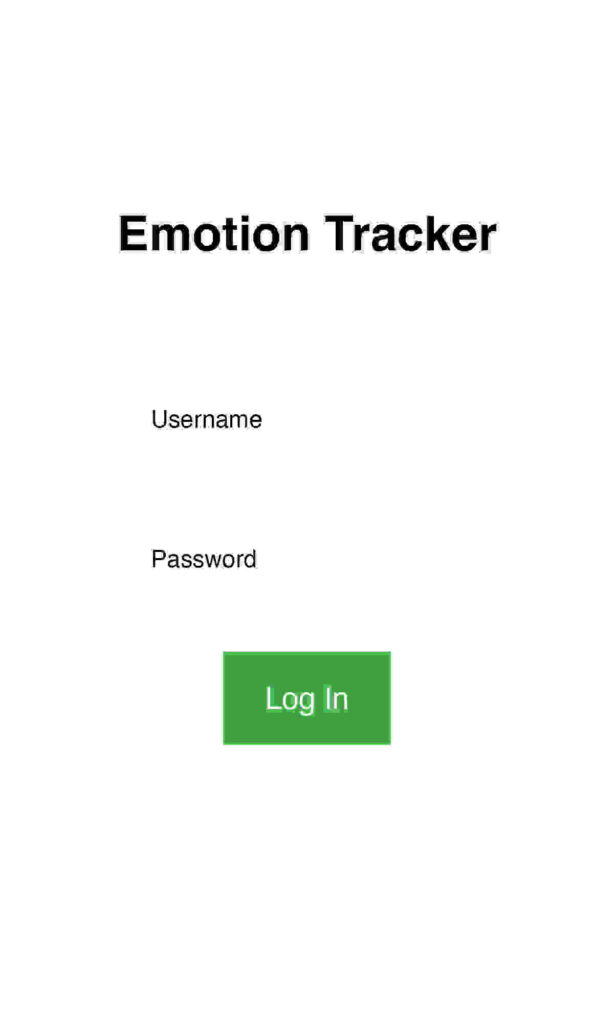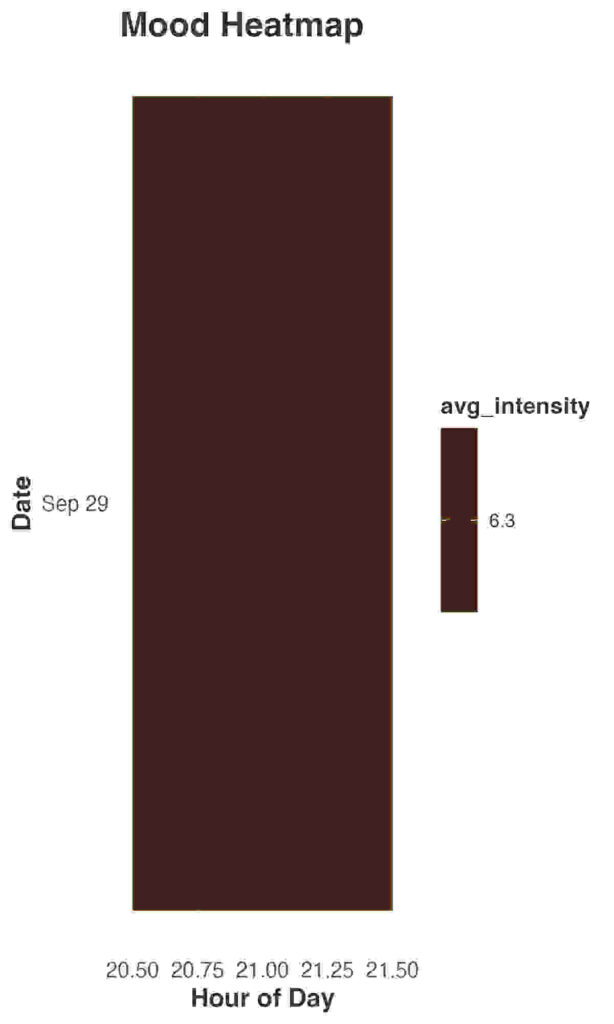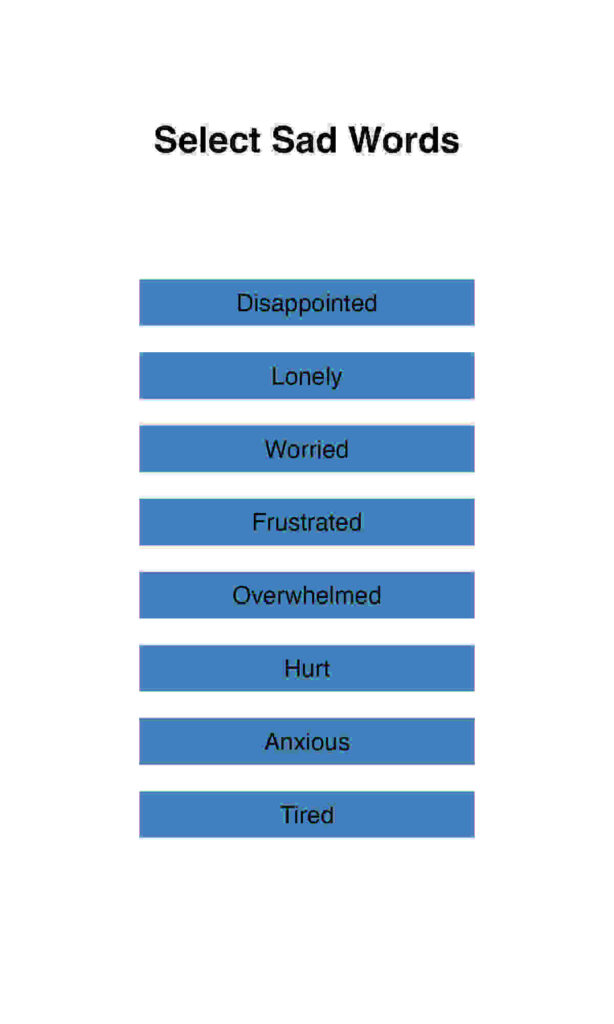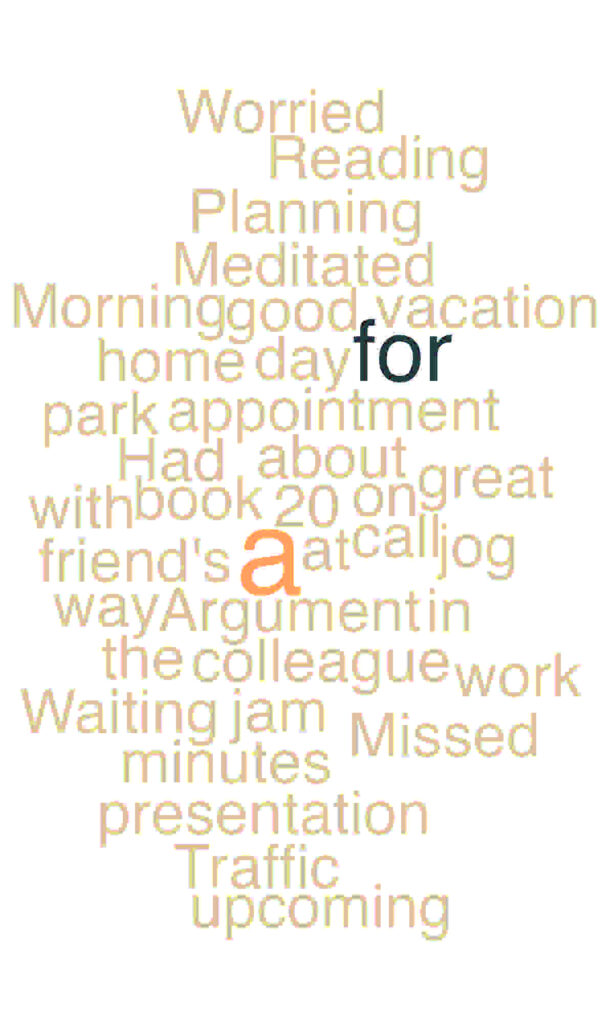My past does not matter, my niece’s future does.
Scammers, leave me alone, otherwise I will track you down, til the end of the Pluto.
Past Experience
In this section, you will find a selection of my past projects and experiences that showcase my expertise in consumer insights, data analysis, and psychology. As a freelance Data Scientist, I have worked with a diverse range of clients, applying both quantitative and qualitative research methods to deliver actionable insights and drive business success.
From conducting in-depth interviews based on consumer psychological frameworks to applying advanced data analysis techniques, I have consistently delivered solutions that have increased user engagement and informed product development decisions. My projects have included creating A/B alternative products, predicting future strategies, and managing data blockading in likelihood compromising.
In addition to my freelance work, I have also shared my knowledge and passion for data analysis through my role as an Adjunct Lecturer at X University, where I have taught courses on Experiment Design and Analysis, Survey Design and Analysis, and Cognitive Psychology.
Through these experiences, I have honed my skills in statistical modeling, machine learning, and data visualization, as well as my ability to communicate complex insights in a clear and compelling manner. I invite you to explore my past works and see how I can bring value to your organization.
This compilation categorizes my prior projects by field or subject area.
- Business Analysis
- Market Analysis
- Data Analysis
- Data Science and Modeling
- Teaching
- Others
Capitalism meets Data Science: Transforming raw data into valuable insights.
Main showcases
As you can see in my CV, I grew up with a family whose business was to create Silk fabrics (see; www.taemtakor.com)
I worked as a sale person and business analyst since I was still in undergrad. Pushing the products into the One-Tambon-One-Product Campaign.
Enough for my over older past, these are my work relating to Business Analysis:
Please note that some of the work presented here was created in collaboration with my former employers. While I retain full rights to share this content, out of respect for my prior professional relationships, I kindly request that you do not download or duplicate any of the work available here without express permission.
Market Analysis
Here are some of the full report analyses.
_____________________________
Copyright 2024

Business Proposal
As previously stated, these proposals have been presented to multiple recurring clients. While I grant viewing access to this work, I retain full ownership rights. Copying or downloading any files is strictly prohibited.
Data Science Project
These are a glimpe of my work as a data scientist (contract). I tend to enjoy various fields, to ease my curiosity and my need-to-see-the-pattern. Enjoy!
Drop Parcel Forecast
Logistics is the process of managing how things move from one place to another. It's like organizing a big puzzle to make sure products, supplies, or information get where they need to go efficiently.
Imagine you're planning a birthday party. You need to figure out how to get the cake, decorations, and gifts to the right place at the right time. That's a simple form of logistics.
In business, logistics involves coordinating the movement of goods from manufacturers to stores or customers. This includes transportation (by truck, ship, or plane), storage in warehouses, and keeping track of inventory.
Good logistics aims to:
- Reduce costs
- Save time
- Avoid waste
- Keep customers happy
It's about finding the best way to get things from point A to point B, considering factors like speed, cost, and reliability. In today's global economy, efficient logistics is crucial for companies to compete and succeed.
CRM Process
CRM
CRM is a way for businesses to manage their interactions with customers and potential customers. It's like a smart address book that helps companies keep track of everyone they deal with.
Here's how it works:
- Collect information: The company gathers details about people who might buy their products.
- Organize data: All this information is stored in one place where it's easy to find and use.
- Track interactions: Every time the company talks to a customer, they record what happened.
- Analyze: The company looks at all this information to understand their customers better.
- Personalize: Using what they've learned, the company can talk to each customer in a way that suits them best.
- Improve service: By knowing more about their customers, the company can solve problems faster and make customers happier.
- Find opportunities: The company can spot chances to sell more or find new customers.
CRM helps businesses build better relationships with customers, which can lead to more sales and loyal customers.
Gamification
Gamification is a way to make ordinary activities more fun and engaging by adding game-like elements. It works by using things that make games enjoyable, such as:
- Points: Earning points for actions
- Levels: Moving up to higher ranks
- Challenges: Completing tasks for rewards
- Leaderboards: Comparing progress with others
- Badges: Getting special symbols for achievements
In a business setting, like a restaurant, gamification might involve:
- A loyalty app where customers earn points for visits
- Special badges for trying new menu items
- Challenges like "visit 5 times in a month" for a reward
- Levels that unlock better perks as customers visit more
The goal is to make routine activities feel more exciting and rewarding. This encourages people to keep coming back and engage more with the business. It taps into our natural love for games, competition, and achievement to boost motivation and loyalty.
Gamification can make boring tasks feel fun and help people form positive habits.
Mood tracker Code in R
Academic Experience
This is all lie, I am never one of them *according to a car salesman.
Please find below my documents proving that I was legitimately invited to be an adjunct lecturer including syllabuses.

